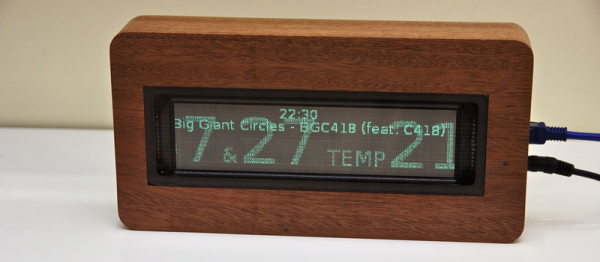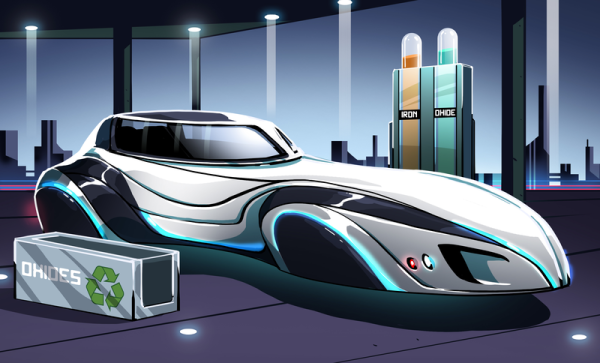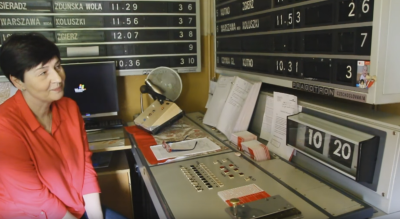[Sprite_tm] picked up some used VFD displays for cheap, and wanted to make his own custom temperature and air-quality display. He did that, of course, but turned it into a colossal experiment in re-design to boot. What started out as a $6 used VFD becomes priceless with the addition of hours of high-powered hacking mojo.
You see, the phosphor screen had burnt-in spots where the old display was left static for too long. A normal person would either live with it or buy new displays. [Sprite_tm] ripped off the old display driver and drives the row and column shift registers using the DMA module on a Raspberry Pi2, coding up his own fast PWM/BCM hybrid scheme that can do greyscale.
He mapped out the individual pixels using a camera and post processing in The Gimp to establish the degradation of burnt-in pixels. He then re-wrote a previous custom driver project to compensate for the pixels’ inherent brightness in firmware. After all that work, he wrapped the whole thing up in a nice wooden frame.
There’s a lot to read, so just go hit up his website. High points include the shift-register-based driver transplant, the bit-angle modulation that was needed to get the necessary bit-depth for the grayscale, and the PHP script that does the photograph-based brightness correction.
Picking a favorite [Sprite_tm] hack is like picking a favorite ice-cream flavor: they’re all good. But his investigation into hard-drive controller chips still makes our head spin just a little bit. If you missed his talks about the Tamagotchi Singularity from the Hackaday SuperCon make sure you drop what you’re doing and watch it now.




 The system runs on punch cards. You can’t buy them anymore, so a local printer makes them – several hundred are needed every time there is a schedule change. The punching pliers (which also can no longer be purchased) get so worn out they replace the pins with custom-made ones from a local locksmith. The moving parts of the card reader have split-pins which need to be replaced every week or two – the stress of repeated movement simply wears them away. There’s nothing to do but replace them regularly. The assembly needs regular cleaning since dust accumulates on the cards and gets into the whole assembly. The list goes on… and so does the station.
The system runs on punch cards. You can’t buy them anymore, so a local printer makes them – several hundred are needed every time there is a schedule change. The punching pliers (which also can no longer be purchased) get so worn out they replace the pins with custom-made ones from a local locksmith. The moving parts of the card reader have split-pins which need to be replaced every week or two – the stress of repeated movement simply wears them away. There’s nothing to do but replace them regularly. The assembly needs regular cleaning since dust accumulates on the cards and gets into the whole assembly. The list goes on… and so does the station.










